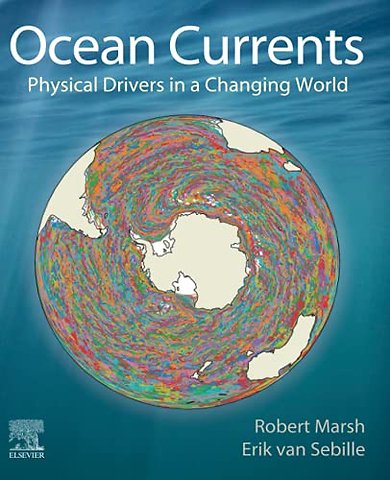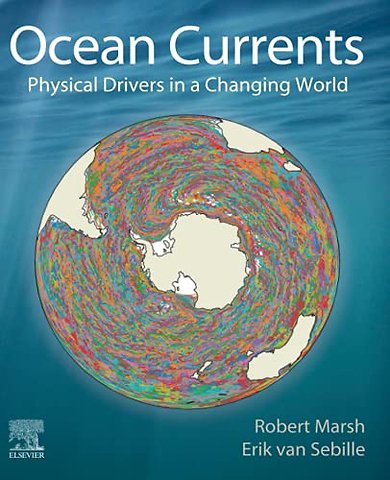1. Introduction to ocean currents - basic principles of cause and effect, measurement and modelling tools, etc.<br>2. Global gyres/Ekman drift - slow background flows and evolution/plastics/volcanic pumice/tsunami debris<br>3. Global western boundary currents and life - swift flows and marine life; dispersal of turtle hatchlings<br>4. Global eastern boundary currents and life - European Slope Current; Californian, Humboldt and Benguela Currents; links to upwelling and shifting ecosystems<br>5. Currents near the Equator and fast trans-basin flows - links to tropical climate variability (especially El Nino)<br>6. Connecting Oceans with upper ocean flows - Agulhas and Tasman leakage (connecting Pacific, Indian and Atlantic Oceans)<br>7. Polar currents, icebergs and sea ice - the Antarctic Coastal Current and the Labrador Current (conveying icebergs); the East Greenland Current (and sea ice)<br>8. Connecting shallow (warm) and deep (cold) currents with climate - the Atlantic Meridional Overturning Circulation; the global Conveyor Belt circulation<br>9. Seasonal flows in shallow shelf seas (around the world) and implications for pollution/biology<br>10. Indigenous (ancient) knowledge of ocean currents - e.g., colonisation of Australia, Polynesia<br>11. Utility of ocean currents for seafarers in recorded history - e.g., use of Gulf Stream for trans-Atlantic trade<br>12. Research Challenges and the Future - How might new technologies help us to develop a more complete understanding of ocean currents? How might currents change with climate, how might they change climate?

